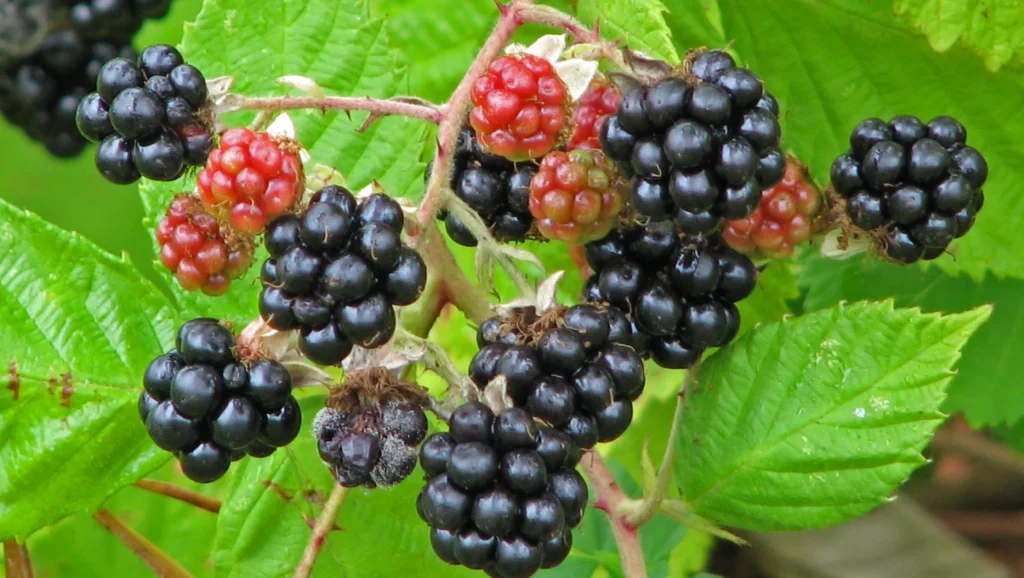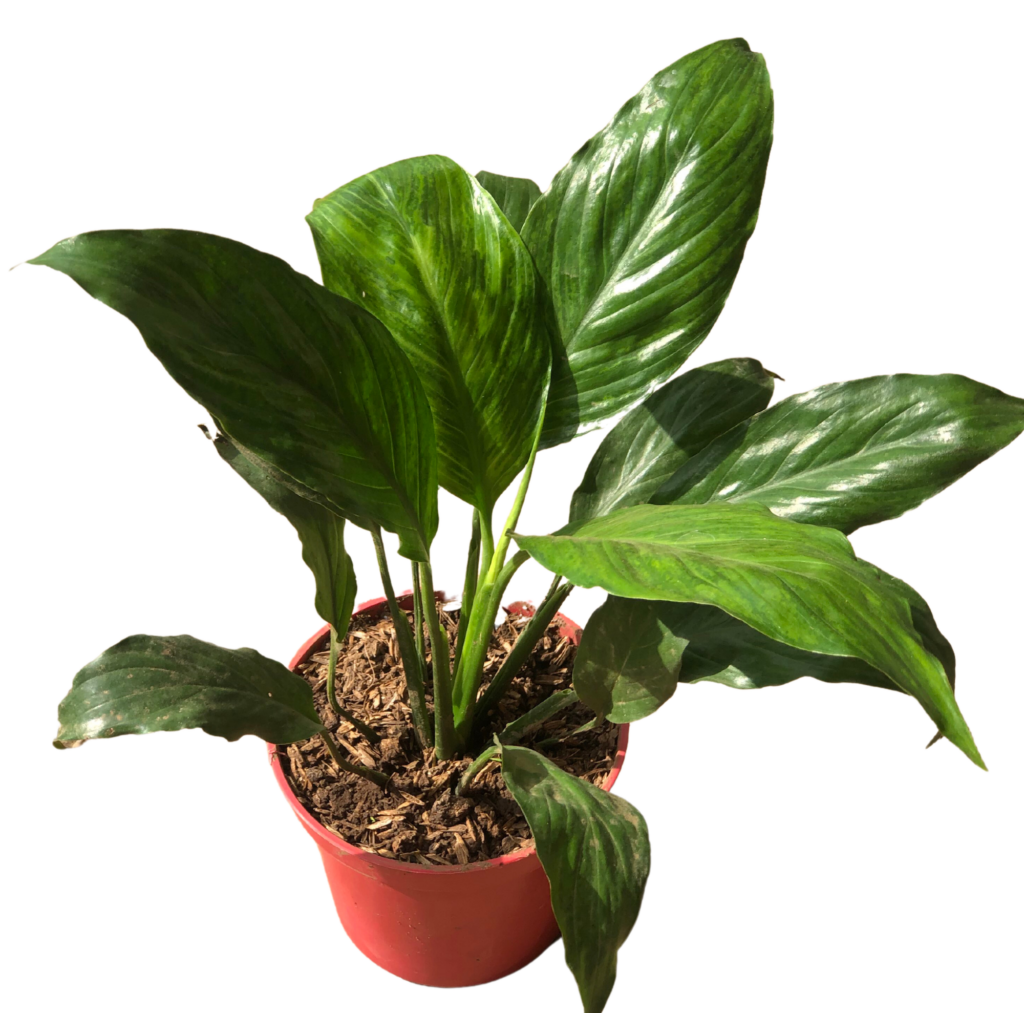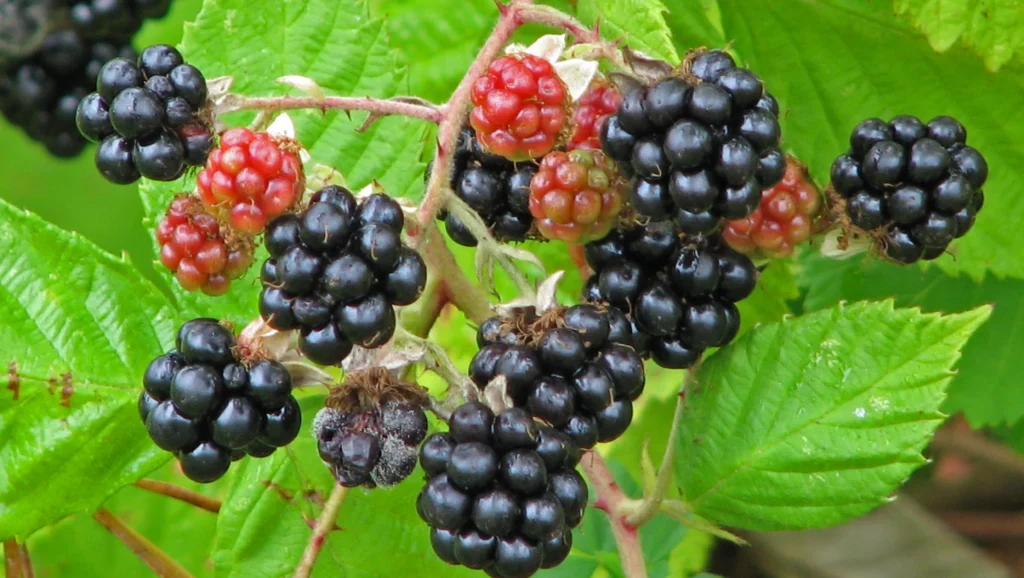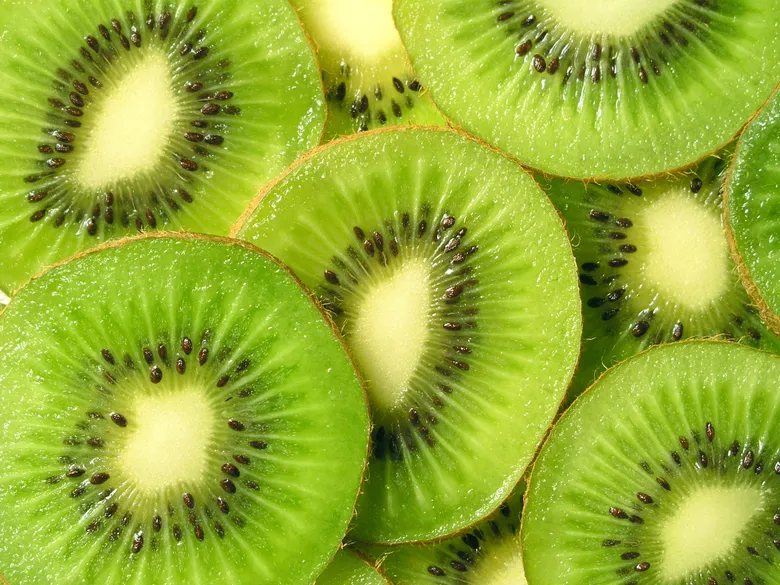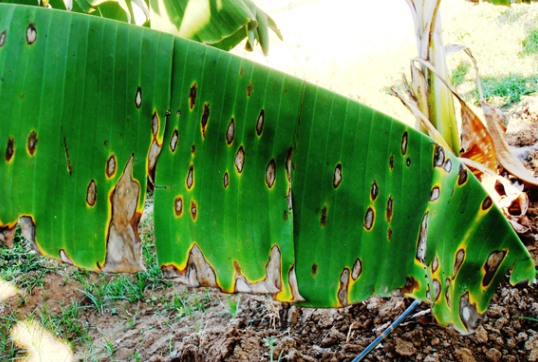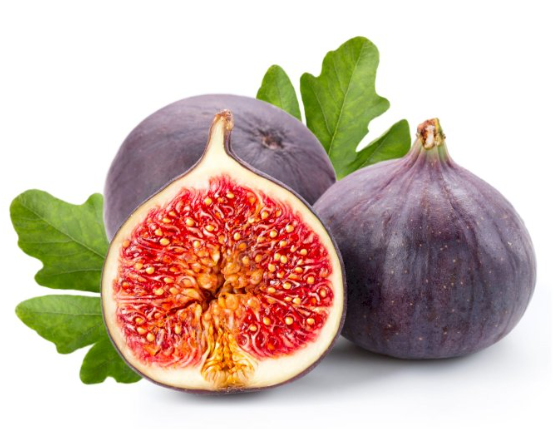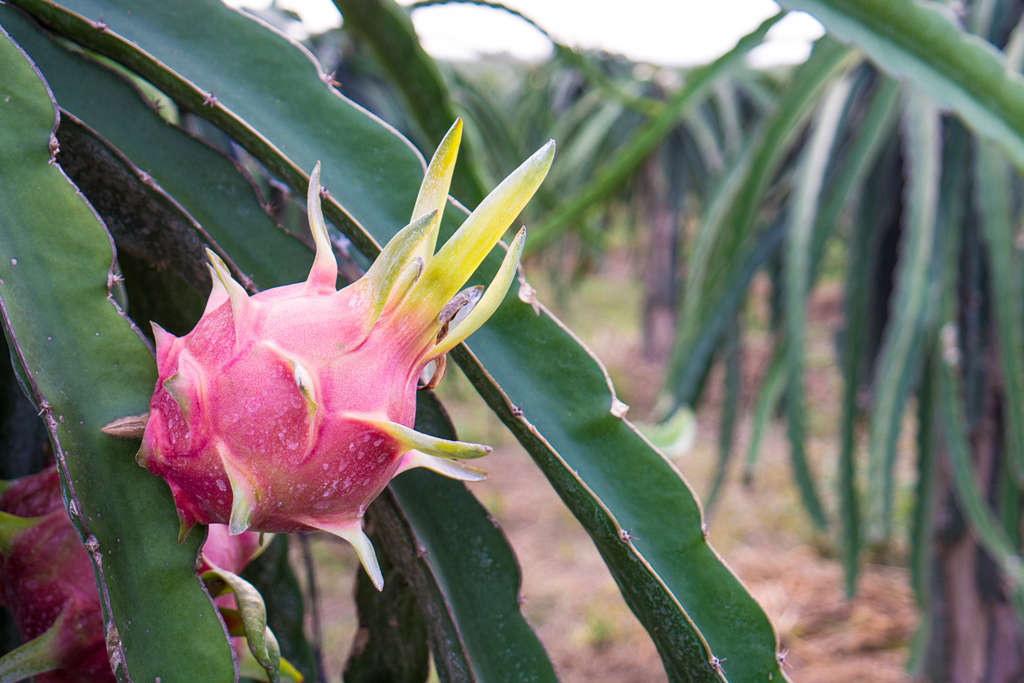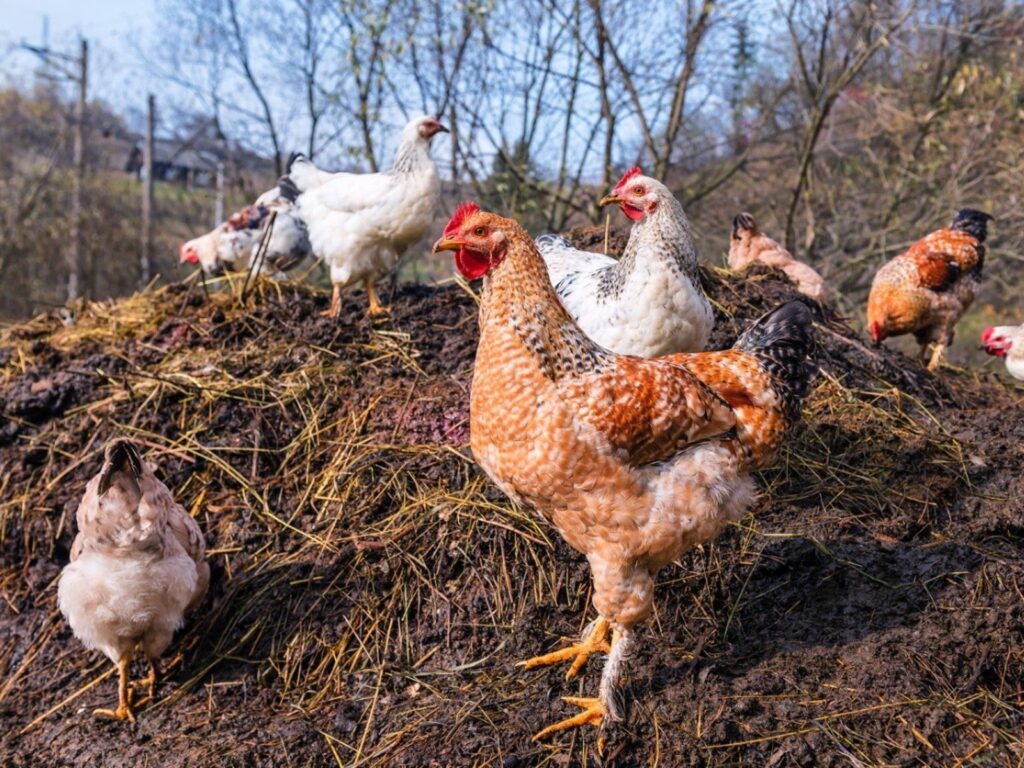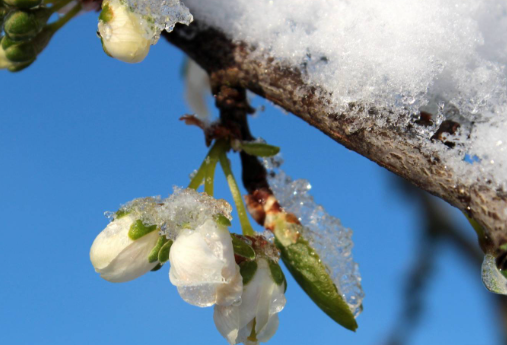Many people across the globe eat potatoes. They are important in our diets because they have things in them like starch, fiber, and other healthy nutrients. But some people think potatoes might grow on trees. In this article, we’ll talk about how potatoes actually grow.
Potatoes are really popular and can be used to make lots of different meals. They are full of good energy and nutrients that our bodies need. Still, there’s some confusion about where potatoes come from. Some wonder if trees are involved. Keep reading, and we’ll clear up these questions.
Table of Contents
- Understanding Potatoes
- The Potato Plant Itself
- Parts of the Potato Plant
- 1. Stem
- 2. Leaves
- 3. Flowers
- 4. Tubers
- Growing Potatoes: A Step-by-Step Guide
- 1. Planting
- 2. Soil
- 3. Watering
- 4. Fertilization
- 5. Harvesting
- So, Do Potatoes Grow on Trees?
- The Best Places for Potatoes to Grow
- Clearing Up Potato Myths
- Wrapping It Up
Understanding Potatoes
Potatoes are a kind of veggie that is in the same family as tomatoes and peppers. They grow underground as a part of the potato plant’s roots. There are lots of different kinds of potatoes, and you can cook them in many ways. Potatoes are full of good things like carbs, fiber, and vitamins, and lots of people around the world depend on them for food.
The Potato Plant Itself
The potato plant is like a flower plant that can get about as tall as a dog. It has a stem with leaves on it and sometimes grows flowers and makes potatoes under the ground. It originally comes from South America, but now, people grow it everywhere.
Parts of the Potato Plant
1. Stem
The stem is the main support for the plant. It’s green and has leaves all over it.
2. Leaves
The leaves are green and shaped like eggs. They are attached to the stem with little sticks called petioles. The leaves catch sunlight to help the plant get energy.
3. Flowers
The potato plant’s flowers are tiny and can be white or pink. They grow in groups, and bugs help them make seeds.
4. Tubers
The tubers are the part of the potato plant that we usually eat. They grow under the dirt, right on the plant’s roots. After they are big enough, we take them out of the ground and can eat them or keep them for later.
Growing Potatoes: A Step-by-Step Guide
There are some special things that potatoes need to grow well. They like soil that drains well and is full of good stuff for plants, and they need a lot of water. Here are the steps to grow your own potatoes:
1. Planting
When it’s not too cold anymore and the frost has gone, it’s time to plant potatoes. We usually plant them in lines and put them in the ground about as deep as your hand is wide.
2. Soil
The best kind of soil for potatoes is the kind that doesn’t hold water for too long and has lots of plant food in it. It should be a little bit sour, with a pH level between 5.0 and 6.0.
3. Watering
Potatoes need lots of water to grow. It’s important to give them water regularly, especially if the weather is hot and dry.
4. Fertilization
To grow strong, potatoes need food. They need stuff like nitrogen, phosphorus, and potassium, which can come from compost or plant food you put in the soil.
5. Harvesting
About 2-3 months after you plant them, potatoes should be ready to pick. You dig them out of the ground, and you can keep them for a long time if you store them right.
So, Do Potatoes Grow on Trees?
Nope, potatoes don’t grow on trees. They are the underground parts, called tubers, that we find on the roots of the potato plant. Some people might get confused because foods like apples and oranges do grow on trees. But not potatoes!
The Best Places for Potatoes to Grow
Potatoes like soil that isn’t too packed down and has lots of food for them. They grow well in soil that’s a bit sour with a pH level between 5.0 and 6.5. They also need lots of sunshine—at least 6-8 hours of direct light each day.
You can grow potatoes in many places, like big fields, small gardens, or even in pots. But it’s important to get the soil ready the right way and to give the plants enough water and food.
When it’s time to plant potatoes, it’s a good idea to use special seed potatoes that won’t make the plant sick and will give you more potatoes. You can plant these after the cold has gone or before it starts to get cold again.
It’s very important to water the potatoes a lot during the grow season, to keep the soil wet but not too soggy. If there’s too much water, they can get mushy, but not enough water can make them small and hard.
Potatoes also need to be fed regularly while they’re growing. It’s good to use balanced plant food that has the right mix of nitrogen, phosphorus, and potassium. You shouldn’t use too much or it will make the plant all leaves and no potatoes.
Besides all this, you have to watch out for bugs and sicknesses that can harm your potatoes. Some common problems are beetles, tiny bugs called aphids, and worms. There are also potato diseases like late blight, early blight, and potato scab that you need to keep away from your plants.
If you take good care of them, you can grow healthy potatoes almost anywhere. Just make sure they have what they need and keep an eye out for any pests or diseases.
Clearing Up Potato Myths
There are some wrong ideas about potatoes out there. For example, some people think they’re not healthy because they have a lot of carbs. But potatoes are full of good stuff like vitamin C, vitamin B6, potassium, and fiber. Others believe that eating potatoes will make you gain weight, but that’s not true if you cook them in a healthy way like boiling or baking, without a lot of fat.
Wrapping It Up
To sum it up, potatoes don’t grow on trees. They grow underground on the roots of the potato plant. Potatoes are really good for you and are an important part of diets around the world.
